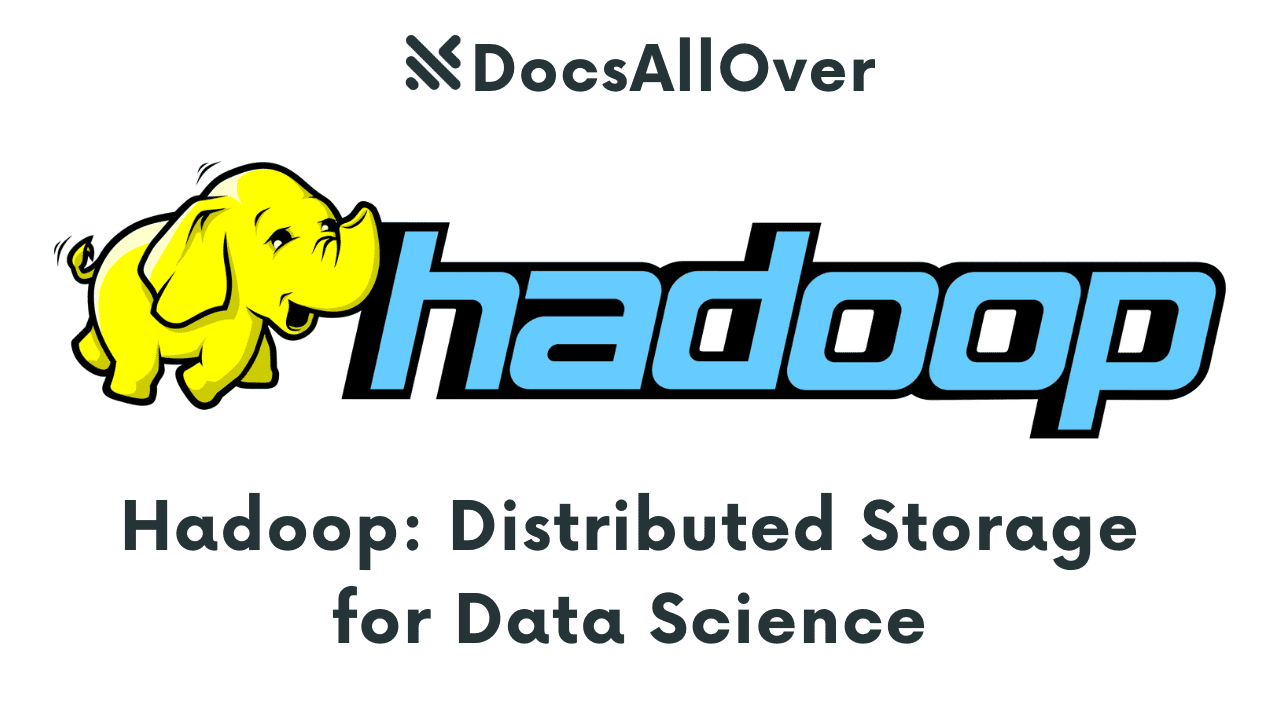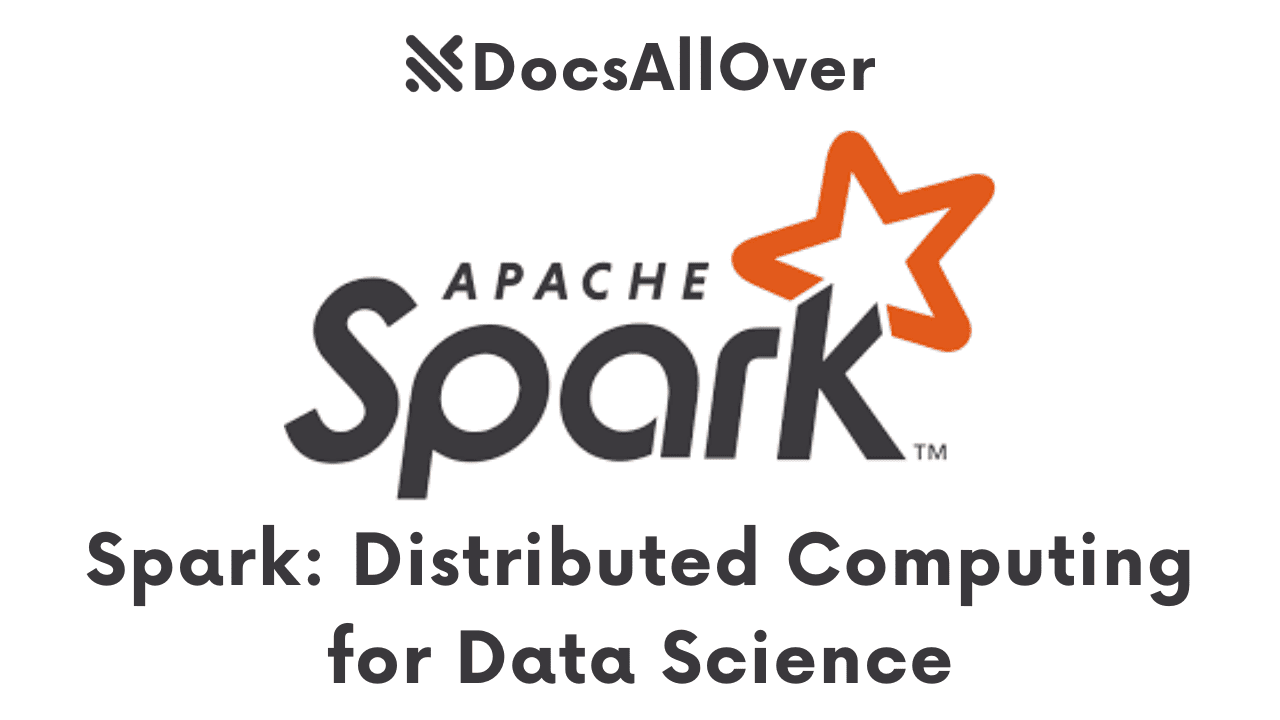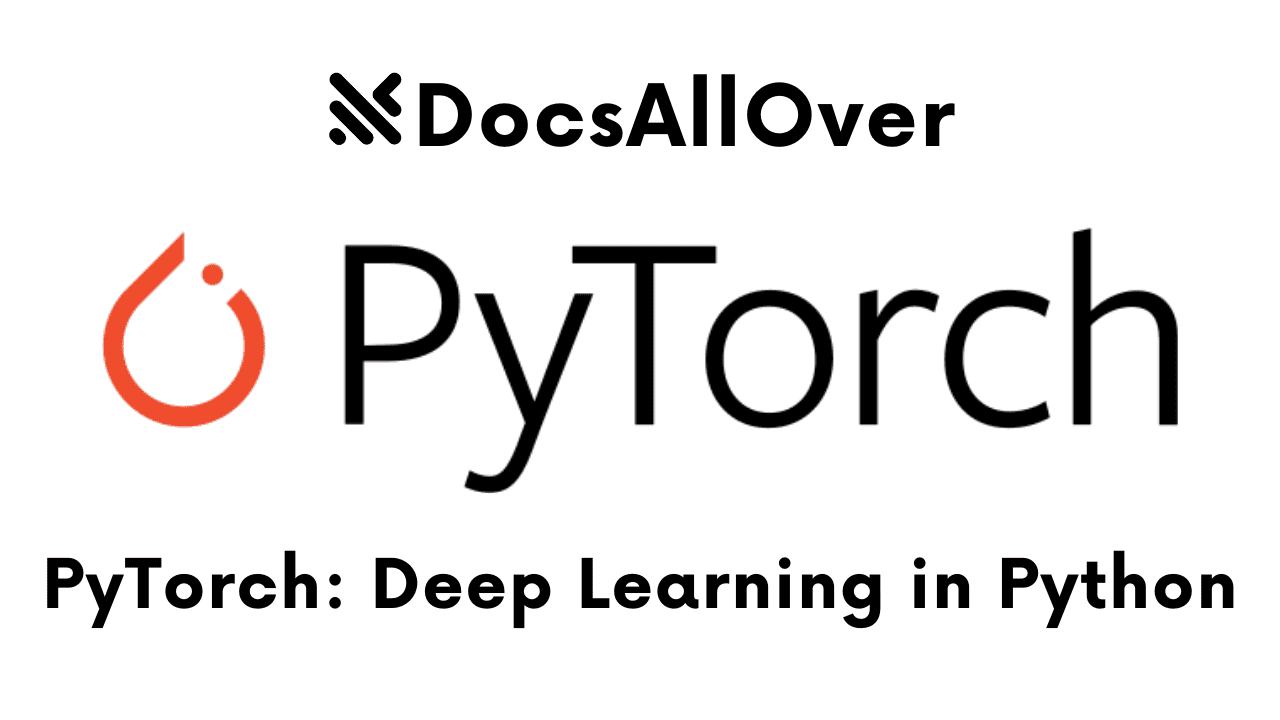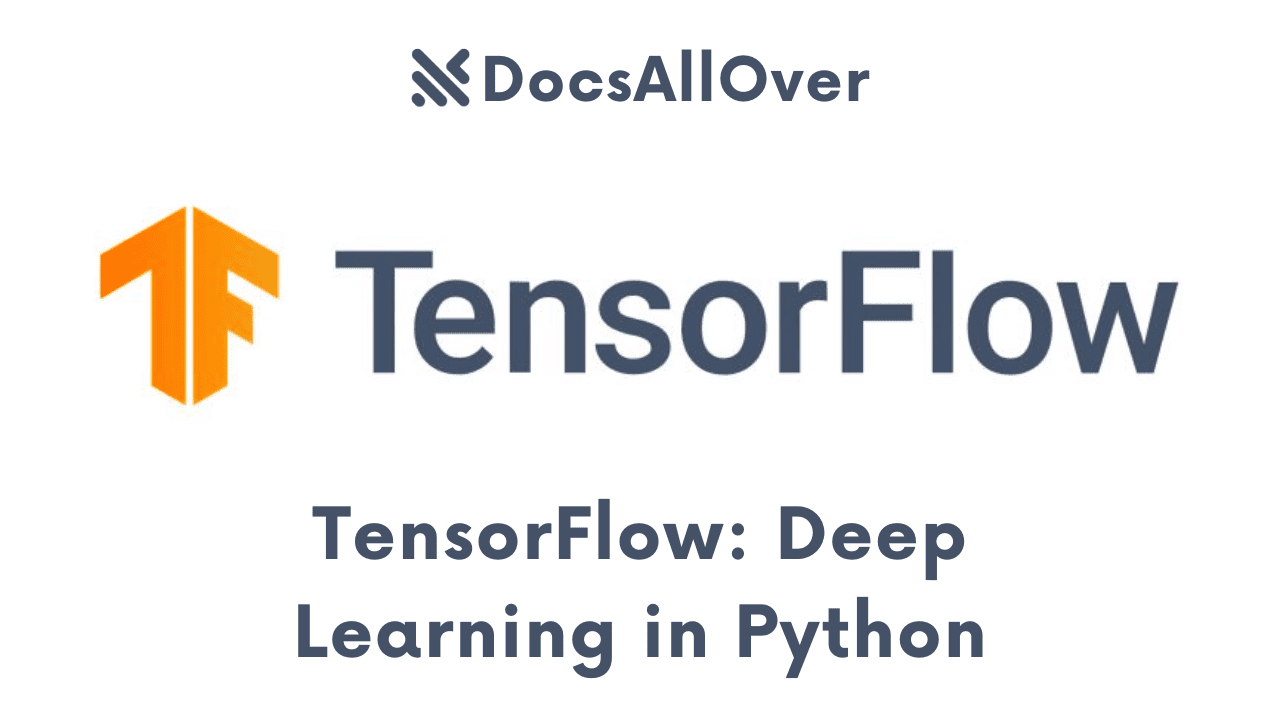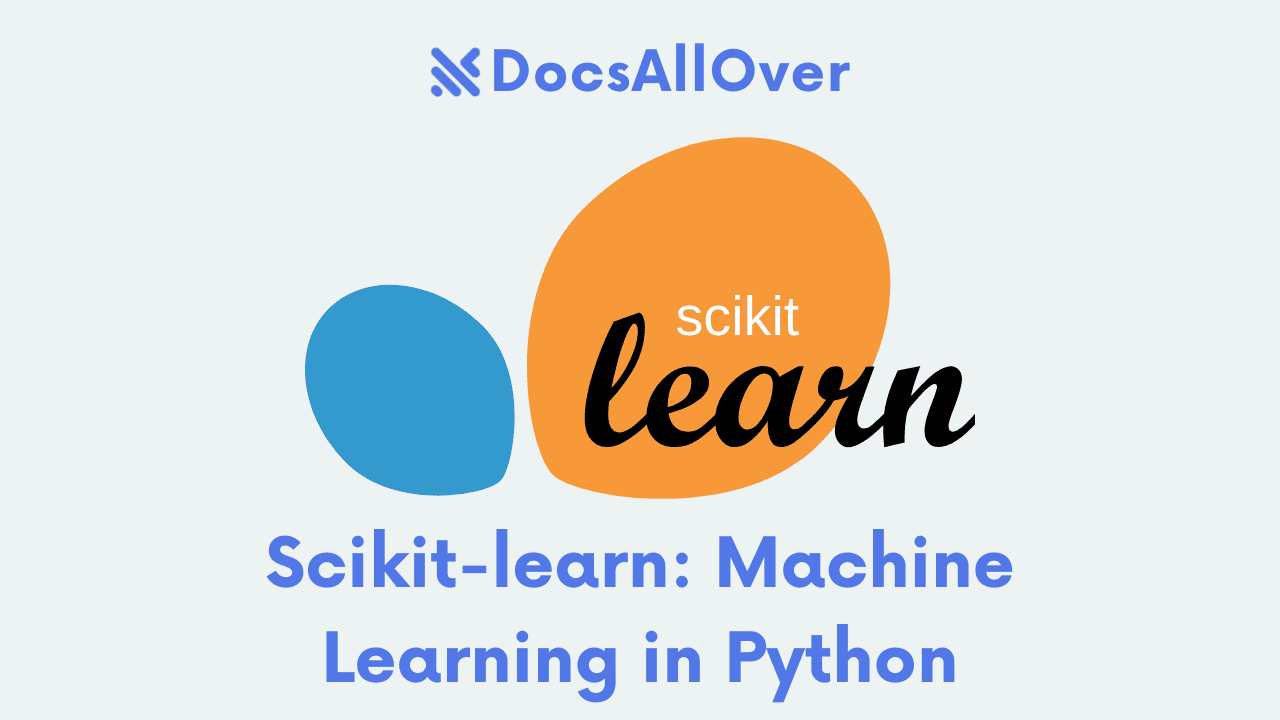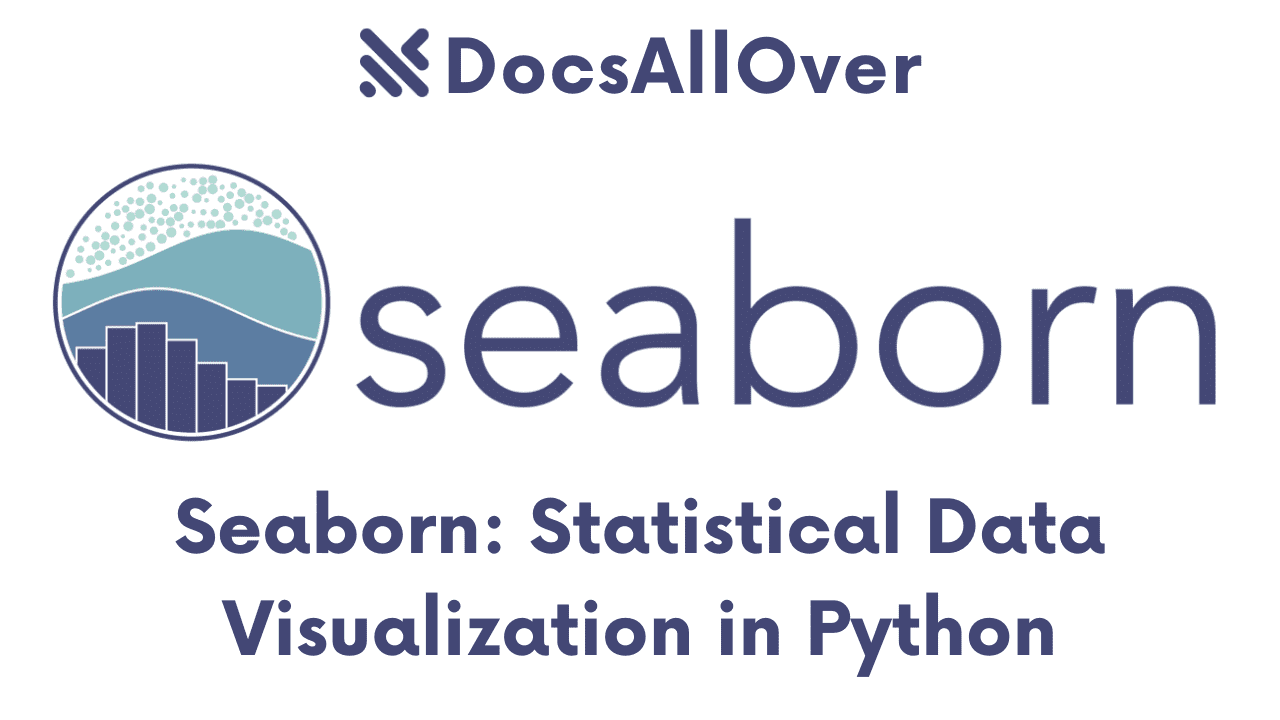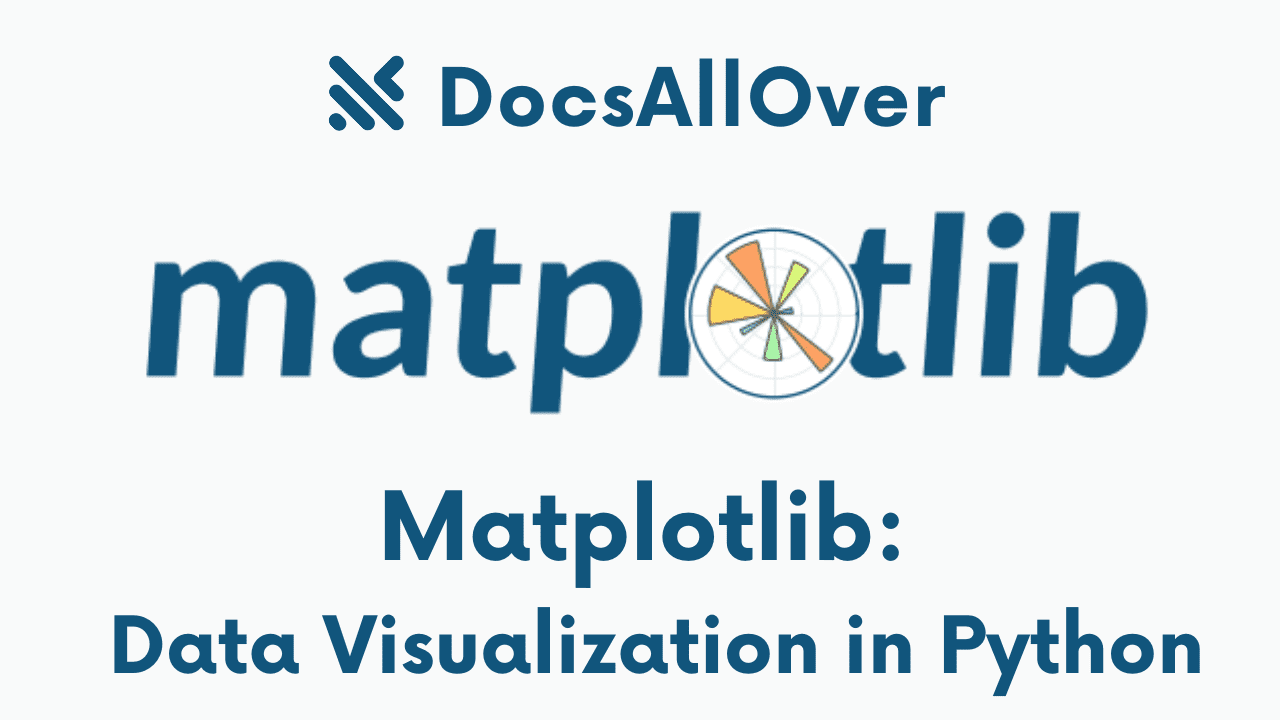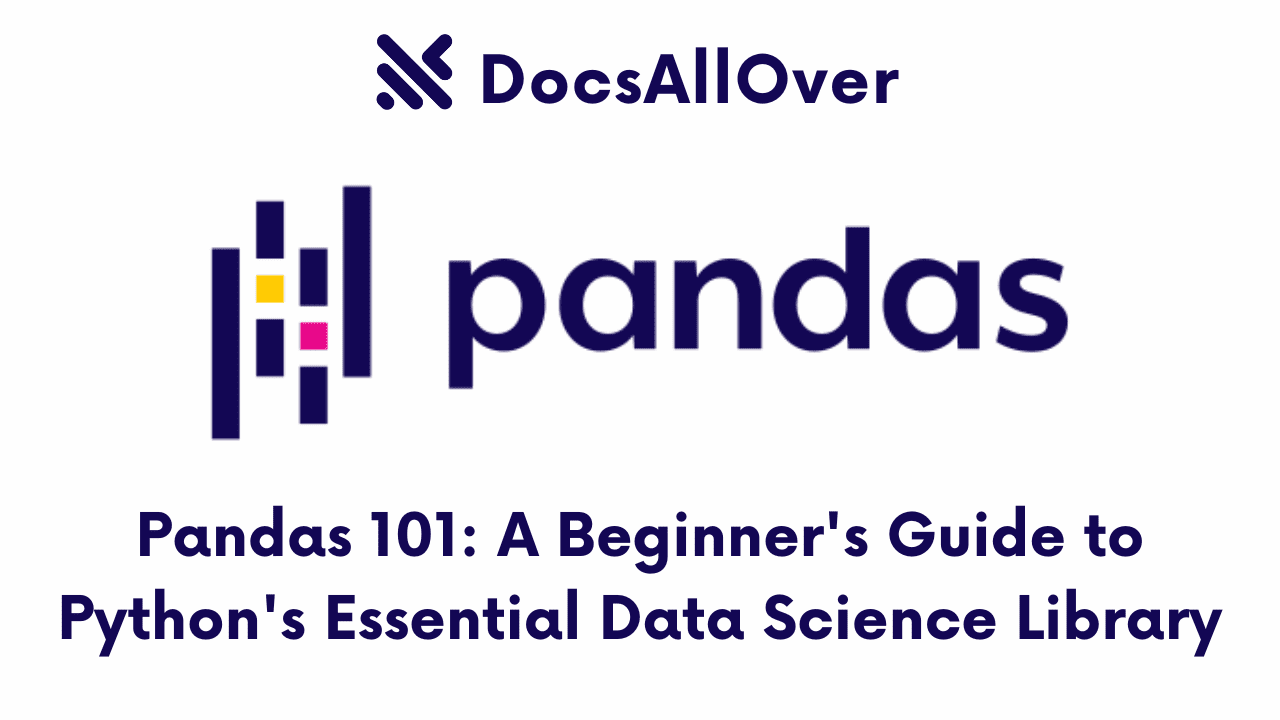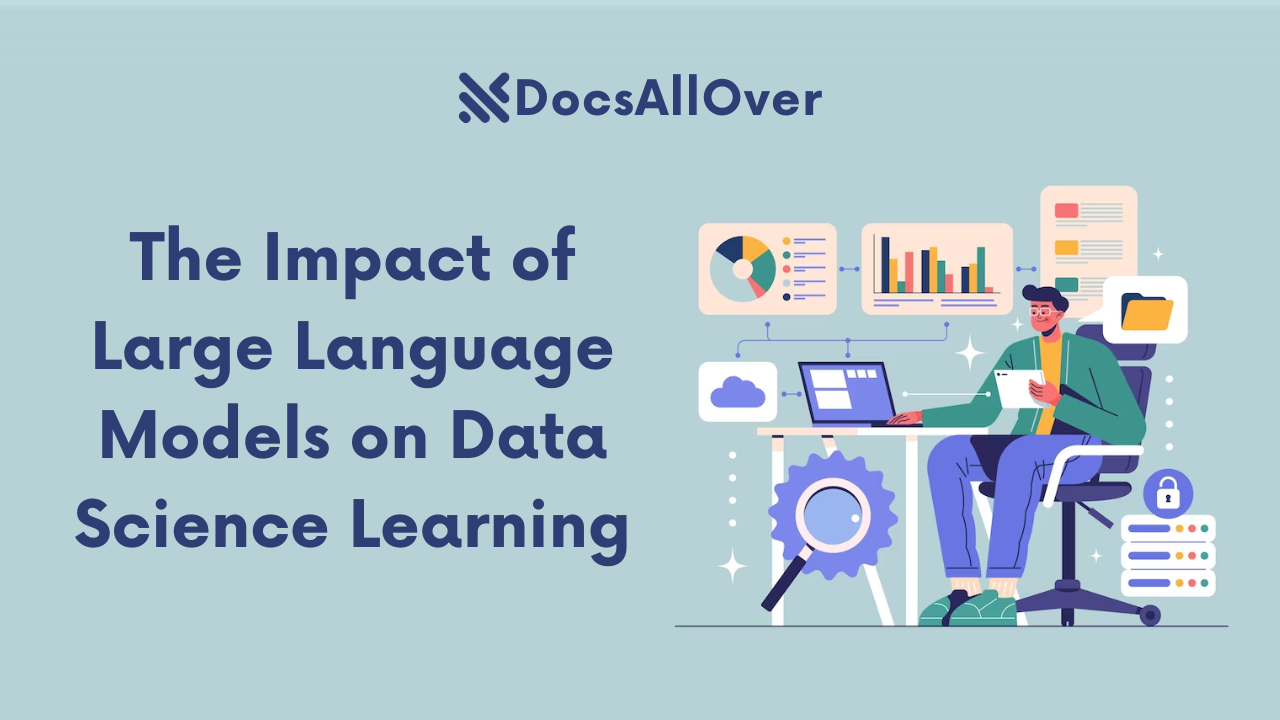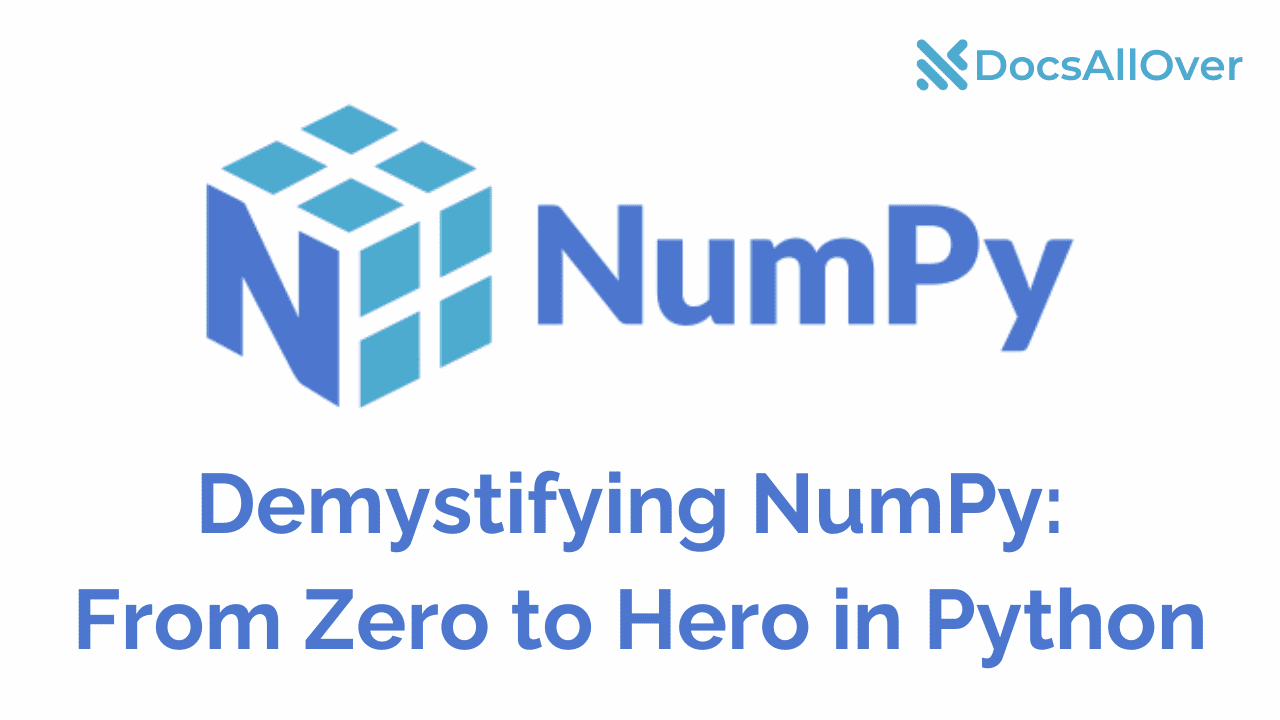Hive: Data Warehousing for Data Science
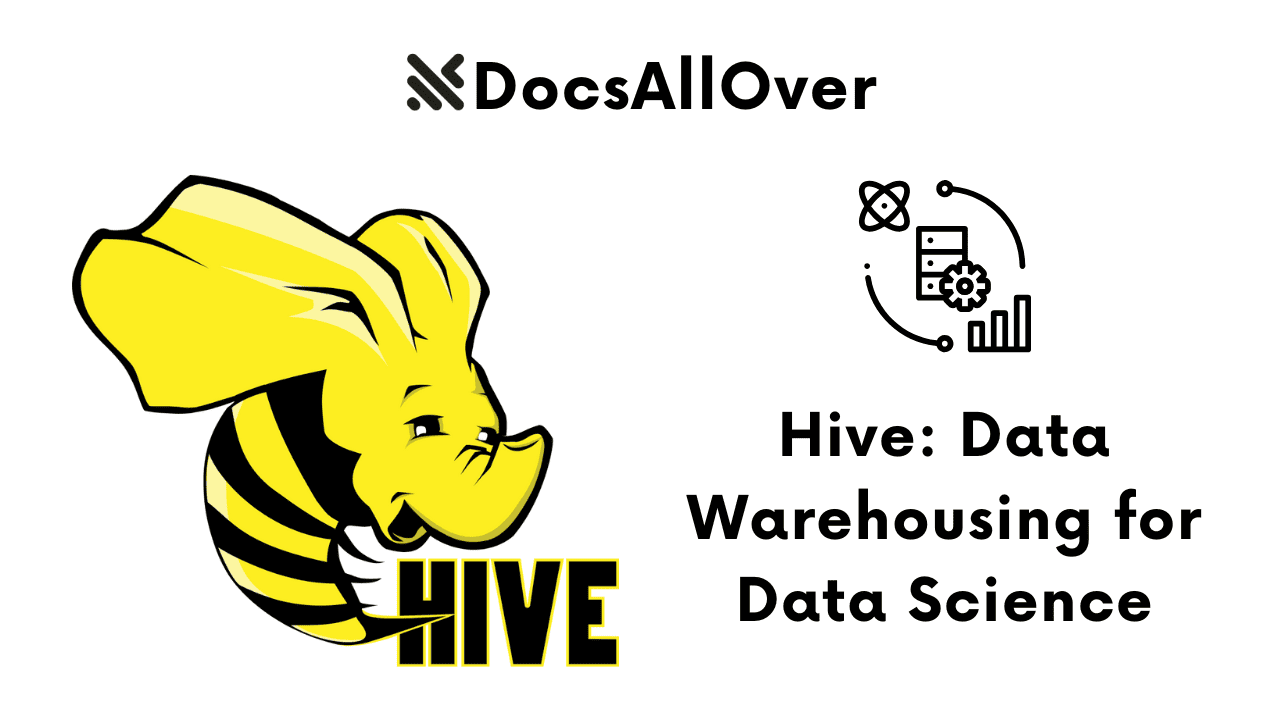
The world is generating data at an unprecedented rate, a phenomenon often called the "data tsunami." Traditional databases, with their rigid schemas and limited scalability, simply cannot cope with the sheer volume, velocity, and variety of this information, which is often unstructured or semi-structured. For data scientists, this presents a significant challenge: how do you store, manage, and analyze these massive datasets to extract valuable insights?
This is where the concept of a data warehouse becomes crucial. A data warehouse is a large, centralized repository designed specifically for analytics and reporting. Unlike a transactional database, its purpose is not to handle real-time transactions but to provide a consolidated, long-term view of an organization's data.
Apache Hive is a key player in this domain. It's a data warehousing system built on top of the Apache Hadoop framework. Hive allows data professionals to use a familiar, SQL-like interface (HiveQL) to query and analyze big data. This is its key innovation: it brings the power of SQL to the world of distributed computing, democratizing big data analytics and making it accessible to anyone with a background in traditional data analysis.
This guide will explain what Hive is, its core architecture, and why it has become an indispensable tool in the modern data science toolkit.
What is Apache Hive? A Bridge to Big Data
Apache Hive acts as a powerful bridge, connecting the familiar world of SQL with the immense scale of big data stored in a Hadoop ecosystem. It's a key tool for data scientists and analysts because it allows them to leverage their existing SQL knowledge to query and analyze petabytes of data without having to write complex, low-level code for distributed computing.
Core Functionality
Hive is not a traditional relational database. Instead, it's a query engine that sits on top of the Hadoop Distributed File System (HDFS). Think of Hive as a translator: you write a query in a SQL-like language called HiveQL, and Hive translates that query into a series of distributed computing jobs (like MapReduce, Tez, or Spark) that can be run on a Hadoop cluster.
This architecture is based on a "schema-on-read" approach. Unlike traditional databases that require you to define a rigid schema before loading any data, Hive lets you define the schema when you read the data. This makes it incredibly flexible and ideal for handling the unstructured or semi-structured data that is common in big data environments.
Key Components
The Hive architecture consists of several crucial components that work together to process a query:
- Metastore: This is the heart of Hive. The Metastore is a central repository that stores all the metadata about Hive tables, including their schemas (column names, data types), their physical location on HDFS, and partitioning information. When you run a query, the Metastore is the first place Hive looks to understand the data's structure.
- Driver: The Driver is the component that manages the entire lifecycle of a Hive query. It receives the HiveQL query from a user, parses it, and then creates a logical query plan. This plan is passed to the Execution Engine.
- Execution Engine: The Execution Engine is responsible for carrying out the query plan. It converts the logical plan into a series of physical stages (e.g., MapReduce jobs) that can be executed on the Hadoop cluster. It then monitors the jobs' progress and retrieves the final results to send back to the user.
HiveQL: Speaking the Language of Data Warehousing
HiveQL is a declarative, SQL-like language that makes it easy for data scientists and analysts with a background in traditional databases to transition to big data. It abstracts away the complexity of distributed computing, allowing you to focus on the logic of your queries.
What Makes It Unique?
HiveQL's primary purpose is data warehousing and analytics, not real-time transactions. This means it lacks some features found in traditional SQL and has a unique execution model.
Here's a simple example of HiveQL code to create a table and query data:
When you run these queries, Hive doesn't execute them directly against a database. Instead, the Hive Driver first parses the HiveQL query, optimizes it, and then converts it into a series of stages that can be run on a distributed computing framework. This conversion is the key to Hive's scalability. The execution engine then takes over, running these stages as jobs on a cluster using a framework like MapReduce, Spark, or Tez.
Because Hive is designed for batch processing rather than real-time updates, it doesn't support features like row-level updates (UPDATE statements) or traditional indexing. Its strength lies in efficiently scanning, filtering, and aggregating massive datasets, making it perfect for the ETL (Extract, Transform, Load) and analytics tasks central to data science workflows.
Hive in the Data Science Workflow: A Practical Example
Let's imagine a data scientist's task is to analyze web traffic logs to understand user behavior and identify the most popular pages on a website. These logs are massive, unstructured text files, far too large for a traditional database.
Step 1: Ingestion
First, the raw web server log files are moved from their source and ingested into the Hadoop Distributed File System (HDFS). This process could be done using tools like Apache Flume or simply by a script that copies the files.
Step 2: Schema Definition
With the raw data in HDFS, the data scientist can define a schema using Hive's "schema-on-read" capability. This means they're not altering the raw data; they're simply providing a structural "lens" to view it as a table.
This CREATE EXTERNAL TABLE query tells Hive: "Treat the files located at this HDFS path as a table with these columns, separated by commas."
Step 3: Exploratory Analysis
Now, the data scientist can use familiar HiveQL queries to perform exploratory analysis on the massive dataset without having to write complex code. They might want to find the most viewed pages
This query is run by Hive, which translates it into a series of jobs that process the raw log files in parallel across the Hadoop cluster, quickly returning the results.
Step 4: Transformation (ETL)
The data in the raw logs is useful, but it's not in an optimized format for repeated analysis. The data scientist can use Hive to perform a large-scale Extract, Transform, Load (ETL) operation. They can clean the data, aggregate it, and store it in a new, optimized Hive table, perhaps partitioned by the date for faster queries.
This query reads from the raw log table, transforms the data (e.g., converts a timestamp to a year and month), aggregates it, and saves the results in a more structured and partitioned table. This new table is now ready for efficient, repeated querying.
Step 5: Further Analysis
With the data cleaned and structured in the monthly_page_views table, the data scientist is ready for deeper analysis. The data can now be easily accessed by other tools. For example, they might use a Python library like pandas to connect to Hive for further statistical analysis, or use Spark to build a machine learning model to predict user behavior. Hive provides the perfect foundation, acting as the centralized data warehouse for these downstream analytics and modeling tasks.
Hive has established itself as a cornerstone of the modern data science toolkit. Its core value lies in its ability to act as a user-friendly, scalable data warehousing solution that empowers data scientists and analysts to work with massive datasets efficiently. By providing a familiar SQL interface (HiveQL), it abstracts away the complexities of distributed computing, allowing data professionals to focus on the business logic of their queries rather than on writing complex, low-level code.
While Hive's original execution engine, MapReduce, was revolutionary, its evolution with new engines like Apache Tez and Apache Spark has ensured its continued relevance. These modern engines provide faster, more efficient query processing by executing queries in a single, streamlined job rather than a series of chained MapReduce jobs. This ongoing development proves that Hive is not a static technology but a dynamic part of the big data ecosystem.
